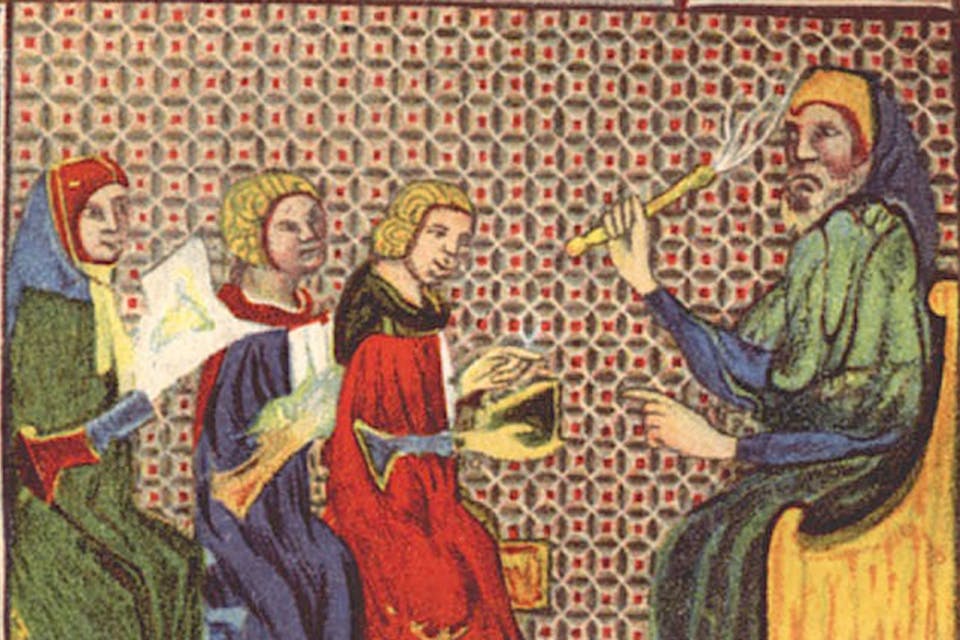
March 25, 2020
A Blueprint for Jewish Law
A passage in the Talmud's first tractate shows why it's such a uniquely influential work, and so unlike anything in the history of Western literature, theology, or legal scholarship.
On January 5, the seven-year cycle of Talmud study known as the daf yomi (“daily page”) began once more. Two months later, it still seems an apt moment to reflect on what the Talmud actually is and what sort of messages its compilers wished to convey. Part of what makes the Talmud such a unique work—and so unlike anything in the history of Western literature, theology, or legal scholarship—is that it intertwines discussions about law with stories about the people discussing it, their relationships with each other, and the human circumstances surrounding their discussions.
One of the most striking examples of this appears on pages 27 and 28 of Brakhot, the Talmud’s first tractate, which those who commit themselves to keeping up with the daf yomi cycle recently completed.
In a sense, this passage, even if it comes near the end of the third chapter, serves as an introduction to the entire Talmud: a depiction of how Jewish legal authority was established after the destruction of the Temple, and a blueprint for how Jewish law as we know it today really works. Since, like all other passages in the Talmud, this one begins in medias res, some historical background is necessary.